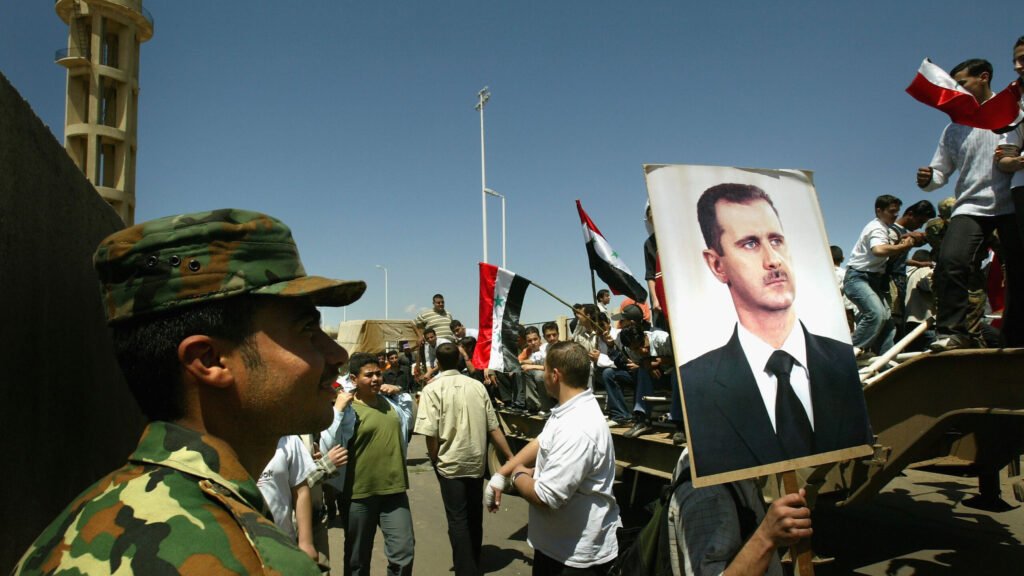Iranian forces have taken over some areas in Syria that have been controlled so far by Russian troops, with regional intelligence and defense sources raising alarms that that these Iranian units may lead to more attacks on US forces in Syria.
The more direct involvement by the Iranian Revolutionary Guard Corps (IRGC) units could, according to Israeli defense sources, also lead to an easier flow of weapons to Iran’s proxy forces in Lebanon. In recent years, Israel has performed hundreds of air attacks on shipments of Iranian-made systems that Israel says were on their way to Lebanon via Syria.
This development, the Israeli sources add, is believed to be a direct result of Russia looking to pull forces from Syria to help reinforce and reinvigorate its military in Ukraine, which has been heavily depleted by the surprisingly effective Ukrainian defense.
Earlier this month, a top advisor to Syrian president Bashar al-Assad told the BBC that Iranian forces are welcome inside the country’s borders.
“We are in a state of war and we have the right to receive assistance and expertise from whoever we see fit,” the advisor, Luna Chebel, said. “Yes, there are Iranian military experts in Syria, and they provide expertise to the Syrian Arab army. They come and they go. The state of Syria is at war and has the right to ask for help from its ally.”
Israeli sources say that this shift in control is especially seen in strategic areas, like the city of Aleppo and in the Mohin warehouse area, located in the eastern rural area of Homs. It was not clear exactly how many forces are moving into the region from Iran, though sources indicated the number is in the hundreds. In late March The New York Times reported some Russian forces, including mercenaries with the infamous Wagner group, had been pulled from Syria and Libya to deploy to Ukraine.
Simultaneously with the withdrawals, Iranian militias, under the supervision of IRGC members, began building new headquarters and warehouses, Israeli intelligence sources said. This in addition to setting up a new training camp on the outskirts of Aleppo to train members of the Lebanese Hezbollah militia. The sources say that Iran is “determined” to have greater sway in Syria. Local sources on the ground in Syria also spoke of Iranian militias transporting weapons and ammunition from the Homs and Hama countryside to the Aleppo countryside to secure them at recently prepared sites, while they’ve emptied the old ones at the request of the senior military leadership of the IRGC, according to Israeli sources.
Iran’s expansion plan was not limited to the establishment of headquarters or an increase in military deployment, but was extended to the establishment of a new militia, which is closest to the elite forces model, to carry out the tasks previously carried out by the retreating Russian forces. Last week the Saudi Al-Hadath channel reported that an underground Iranian facility in Syria dubbed “Project 99” is developing ballistic missiles, chemical weapons and UAVs, and is under the control of Hezbollah and the IRGC.
The departure of Russian forces is not expected to change Israel’s calculus in Syria, as the Russian S-400 air defense systems remain in place. Israel maintains a careful political balance between the US, it’s closest partner, and Russia, whom it needs to work with to ensure limited access to Syria for strikes against Iranian-backed targets and weapons convoys.
The increased presence of IRGC forces in Syria could prompt Israel to strike more directly at the Iranian forces, as it reportedly did last month killing two IRGC members, in what could be the next potential test for its relationship with Moscow.
Source: Breaking Defense



